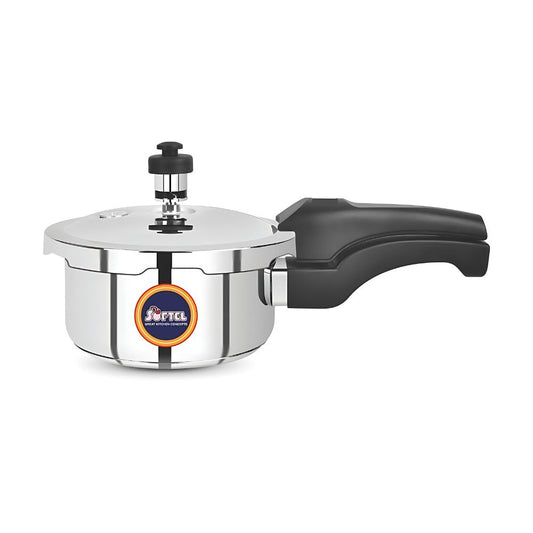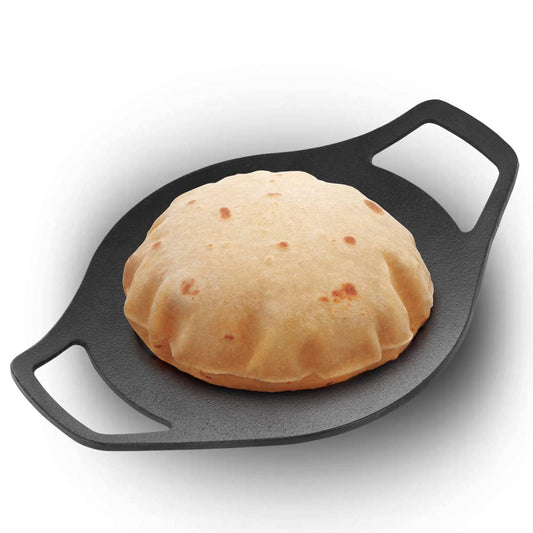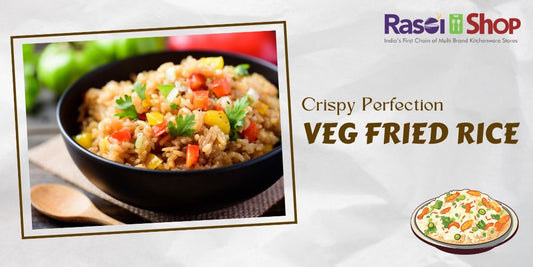"Ragi roti? Bajra roti? Even your kids refuse anything that's not regular wheat!"
If this sounds like your home, you’re not alone.
Millets are a powerhouse, but introducing them without resistance requires smart hacks!
Why Indian Families Are Turning to Millets:
- 1. Higher Fiber → Better digestion, reduced constipation
- 2. Low Glycemic Index → Great for diabetes control
- 3. Rich in Iron, Calcium, Protein → Boosts immunity naturally
- 4. Gluten-free options → Gentler on stomachs
The Real Challenges Parents Face:
- Kids reject the "rough texture" or "different taste"
- Family members miss the soft feel of wheat rotis
- Store-bought millet flours often taste bitter or stale
- Lack of quick, easy millet recipes
How Fresh Millet Flour Changes the Game:
-
Milling FRESH ragi, bajra, and jowar makes the flour less bitter
- You can blend 20-30% millets with wheat initially - softer transition
- Fresh flour retains a natural sweetness that store packets lose
- Home-milled flour is more aromatic, making food tastier
Start by mixing 10% bajra into wheat atta for parathas and gradually increase it.
Soon your family will enjoy pure millet theplas without a single complaint!
Softel Millet Mill - Your Millet Buddy:
- Mill any millet at home - adjust fineness easily
- No chemicals, no stale aftertaste
- Fresh flour - smoother dough and better texture rotis.
FAQs:
Q1: Can I mill all types of millets at home?
A1: Absolutely - ragi, bajra, jowar, foxtail millet - you name it!
Q2: Won’t fresh millet flour be coarse?
A2: With Softel Millet Mill, you can adjust the texture as you like - coarse for dosa, fine for rotis.
Q3: How often should I grind millets?
A3: Ideally, weekly for best freshness.
Want your family to enjoy the goodness of millets without compromising on taste?
Start by milling your fresh millet flour at home with Softel Millet Mill






